Allison, Melissa. 28 January 2013. "As India Gains Strength, So Does Its Coffee." The Seattle Times. Retrieved August 15, 2014.
- Available at: http://seattletimes.com/html/specialreportspages/2020216578_coffee-in-india-part-two.html
Communications and Public Affairs. 26 November 2002. "Kopi Luwak Coffee Safe, U of G Study Finds." University of Guelph Campus News. Ontario, Canada. Retrieved August 15, 2014.
- Available at: http://www.uoguelph.ca/news/archives/002065.html
Davids, Kenneth. 2007. "Exotic Procedures in Far Places: Aged, Monsooned and Luwaked Coffees." The Coffee Review. December 3, 2007. Coffee Review. Web. www.coffeereview.com
- Available at: http://www.coffeereview.com/exotic-procedures-in-far-places-aged-monsooned-and-luwaked-coffees/
Garrett, Rose. 29 May 2013. "Mystic Liver: Inside the World of Biodynamic Farming." Modern Farmer: Culture. Retrieved August 15, 2014.
- Available at: http://modernfarmer.com/2013/05/mystic-liver-inside-the-world-of-biodynamic-farming/
Goodwin, Lindsey. "Monkey Coffee: Cat Poop Coffee Isn't the Only 'Animal-Processed' Coffee Anymore!" About.com: Food > Coffee/Tea > Coffee 101 & FAQs. Retrieved August 15, 2014.
- Available at: http://coffeetea.about.com/od/coffeebasics/a/Monkey-Coffee.htm
"India, Balmadies Civet Cat Coffee or 'Monkey Parchment'." Sea Island Coffee: Browse Estates. Retrieved August 15, 2014.
- Available at: http://www.seaislandcoffee.com/browse-estates/kopi-luwak-coffee.html
Instaurator. 10 April 2008. "Monkey and Civet Parchment -- Clarifications." The Espresso Quest. Retrieved August 15, 2014.
- Available at: https://www.espressoquest.com/Blogs/3/43.html
Kavitha. "Bio Dynamic Association of India." AgricultureInformation.com > Magazine > Archives. February 1, 2008. Agriculture and Industry Survey. Web. www.agricultureinformation.com
- Available at: http://www.agricultureinformation.com/mag/2008/02/bio-dynamic-association-of-india/
Kiely, Mick. 9 September 2009. "Monkey Parchment Coffee Fans." Barista Exchange. Retrieved August 15, 2014.
- Available at: http://www.baristaexchange.com/group/monkeyparchmentcoffeefans
Luttinger, Nina; and Dicum, Gregory. 24 April 2006. The Coffee Book: Anatomy of an Industry from Crop to the Last Drop. New Press Bazaar Book.
Marcone, Massimo F. 2004. "Composition and Properties of Indonesian Palm Civet Coffee (Kopi Luwak) and Ethiopian Civet Coffee." Food Research International 37(9):901-912.
Marcone, Massimo F. March 2005. "Corrigendum to 'Composition and Properties of Indonesian Palm Civet Coffee (Kopi Luwak) and Ethiopian Civet Coffee'." Food Research International 38(2):233.
"Monkey Parchment Coffee." Coffee Snobs. Retrieved August 15, 2014.
- Available at: http://coffeesnobs.com.au/general-coffee-related/12228-monkey-parchment-coffee.html
"Monkey Parchment Coffee Powder." Crafts Villa. Retrieved August 15, 2014.
- Available at: http://www.craftsvilla.com/monkey-parchment-coffee-powder.html
Mudappa, D.; Kumar, A.; and Chellam, R. 2010. "Diet and Fruit Choice of the Brown Palm Civet Paradoxurus jerdoni, a Viverrid Endemic to the Western Ghats Rainforest, India." Tropical Conservation Science 3(3):282–300.
Prendergast, Mark. 28 September 2010. Uncommon Grounds: The History of Coffee and How It Transformed Our World. New York, NY: Basic Books.
Rajamani, N.; Mudappa, D.; and Van Rompaey H. 2002. "Distribution and Status of the Brown Palm Civet in the Western Ghats, South India." Small Carnivore Conservation 27:6–11.
Rice, Robert; and Bedoya, Mauricio. September 2010. "The Ecological Benefits of Shade Grown Coffee: The Case for Going Bird Friendly." Smithsonian National Zoological Park: Smithsonian Migratory Bird Center. Retrieved August 15, 2014.
Available at: http://nationalzoo.si.edu/scbi/migratorybirds/coffee/bird_friendly/ecological-benefits-of-shade-grown-coffee.cfm
"RMiguel Coffee Introduces Monkey Parchment Coffee to the U.S." PRWeb, Online Visbility from Vocus > News Center. Retrieved August 15, 2014.
- Available at: http://www.prweb.com/releases/rmiguelcoffee/monkeyparchment/prweb1132364.htm
Steiner, Rudolf. 2004. Agriculture Course: The Birth of the Biodynamic Method. Translated by George Adams. Forest Row UK: Rudolf Steiner Press.
Ukers, William H. 1922. All About Coffee. New York, NY: The Tea and Coffee Trade Journal Company.
- Available via Project Gutenberg at: http://www.gutenberg.org/files/28500/28500-h/28500-h.htm
"You've Got to be Kidding! Monkey Parchment Coffee." Home-Barista. Retrieved August 15, 2014.
- Available at: http://www.home-barista.com/coffees/you-have-got-to-be-kidding-monkey-parchment-coffee-t7311.html


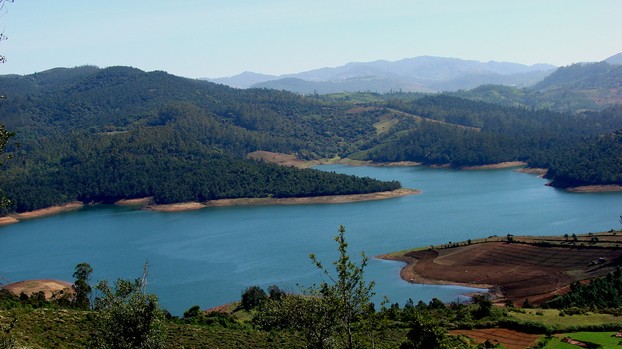
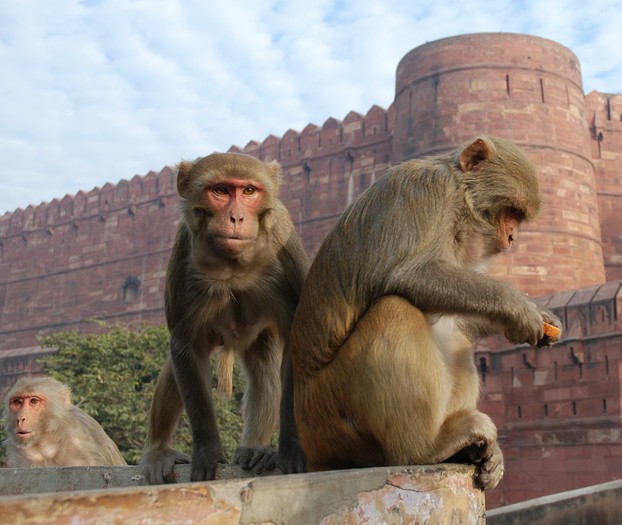
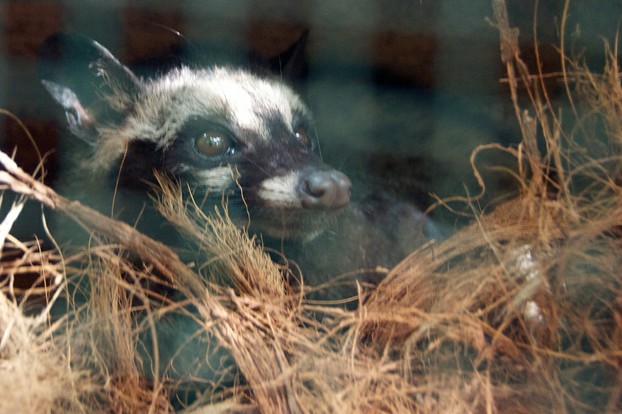
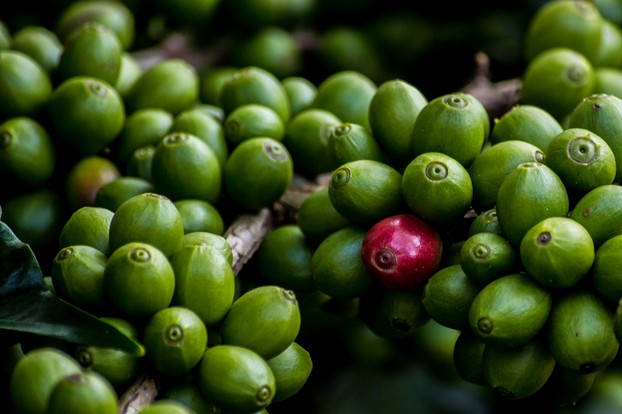
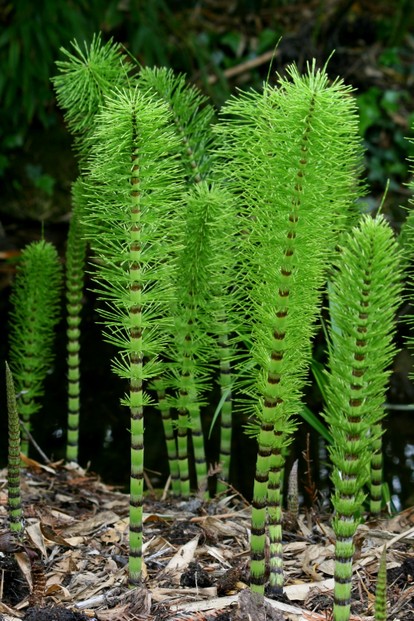

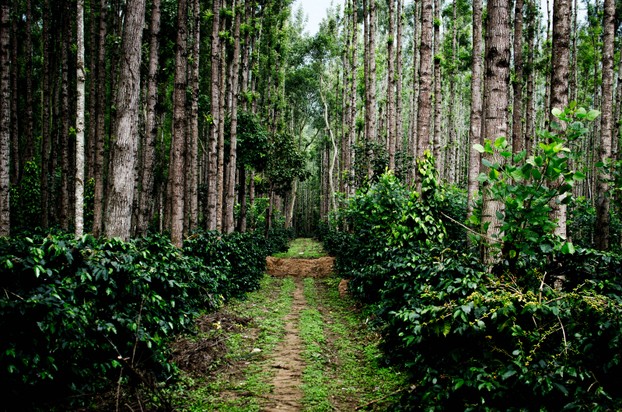
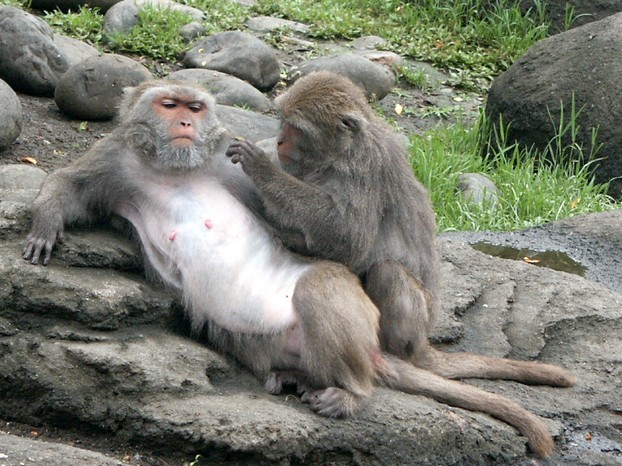
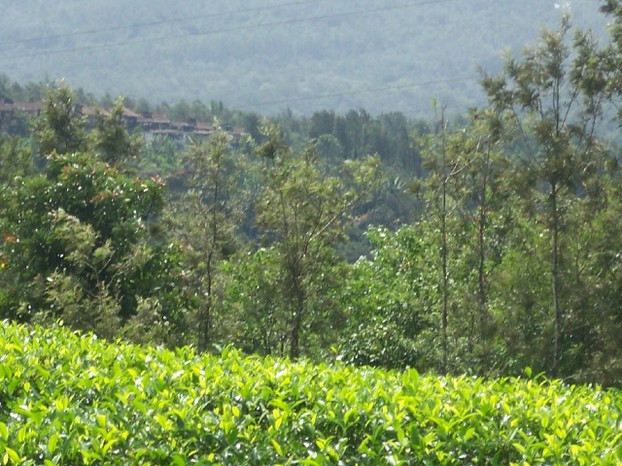





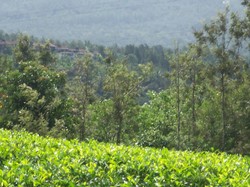

 Are Hawaiian Huakai Po Nightmarchers Avenging Halloween Thursday?on 10/02/2024
Are Hawaiian Huakai Po Nightmarchers Avenging Halloween Thursday?on 10/02/2024
 Mailing Addresses for 2023 Form 4868 Extending 1040 and 1040SR April 15, 2024, Due Dateon 04/15/2024
Mailing Addresses for 2023 Form 4868 Extending 1040 and 1040SR April 15, 2024, Due Dateon 04/15/2024
 Mailing Addresses for 2023 Forms 1040 and 1040SR Filed in 2024on 04/15/2024
Mailing Addresses for 2023 Forms 1040 and 1040SR Filed in 2024on 04/15/2024
 Mailing Addresses for 2022 Form 4868 Extending 1040 and 1040SR April 18, 2023, Due Dateon 04/13/2023
Mailing Addresses for 2022 Form 4868 Extending 1040 and 1040SR April 18, 2023, Due Dateon 04/13/2023

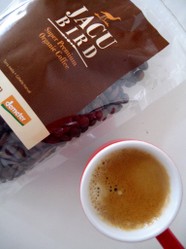

Comments